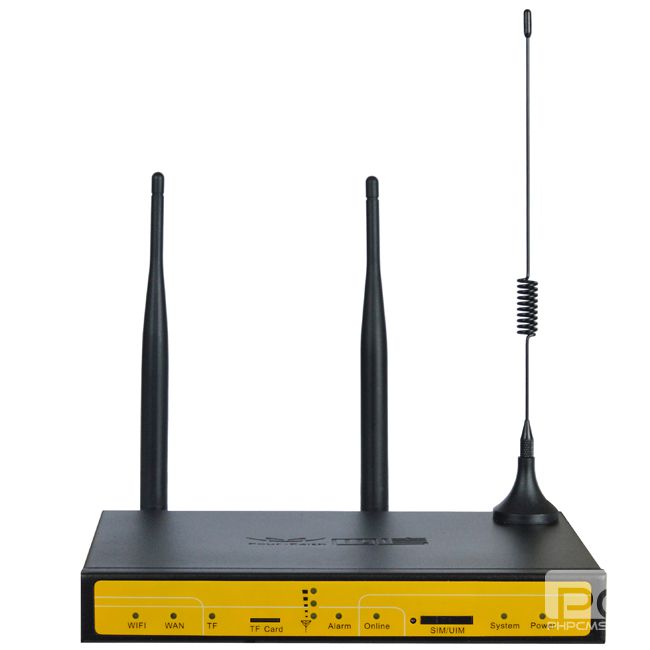

First make sure the Band selector is set to 2.4 GHz. You can change the transmit power from the JRS tab on the Wireless page. The transmission power is inseparably linked to the range of the router, a physical fact that unfortunately cannot be changed. The JRS firmware offers a fine tuning of the transmission power with ten steps, which allows you to reduce the peak values of the emitted 2.4 GHz radiation. There is also the possibility to lower the transmit power for the 2.4 GHz frequency. Nevertheless, the router still offers a 90% reduction in beacon pulse rate even when the wifi is active. The wifi will then not go into sleep mode.
#5g wifi router full#
Therefore, when you turn off 2.4 GHz, the Full Eco mode will not be functional. The 2.4 GHz MUST be switched on for the Full Eco functionality to work properly. First set the Band selector to 5 GHz, then set Enable Radio to No and click on Apply at the bottom of the page. You can do it from the JRS tab on the Wireless page. If you prefer, switching off 5GHz will reduce wifi radiation from the router even more.

The highest speed can be achieved on the 5GHz network by means of the AC-wifi standard. Most modern wifi routers are dual band and broadcast two wifi networks: one at 2.4GHz and the other at 5GHz. The other is the wifi frequency of 5 GHz. One is the new (fifth) generation of networks for mobile telephony, which will work at higher frequencies with beam forming and will require many more transmitters. From there, I make sure to evaluate each router's features and its ease of use, as well as considerations like security standards, smart home compatibility, and overall value relative to the competition.First of all, ‘5G’ versus ‘5 GHz’ are two different things that are unrelated but often mixed up. If the router allows me to separate each band into a separate connection, then I'll run separate rounds of tests for each band to see how they perform when isolated.Īfter all of that, I'm left with a comprehensive look at how the router's speeds hold up to different devices across different distances, as well as how the router handles other considerations, like latency. I also run a separate round of tests to a Wi-Fi 6E device (a Samsung Galaxy S21 smartphone). I run the entire process detailed above (a front-to-back round of speed tests, followed by a back-to-front round) three separate times: once during morning hours, again in the early afternoon, and once again during evening hours. Your distance from the router when you first connect will make a difference in how the router handles your connection, so running a split of front-to-back and back-to-front tests helps to keep my averages rooted in real-world results. Once I've run tests in all five rooms, I repeat the entire process, but this time, I start with a fresh connection in the room farthest from the router. I start in the same room as the router, I run multiple speed tests on a Lenovo ThinkPad laptop with full support for Wi-Fi 6, I log the results in a spreadsheet, then I move to the next room and repeat. My operating procedure is largely unchanged - I start by setting each router up in a fixed location in our lab, and once it's up and running, I run a multitude of speed tests from five different rooms nearby. Last year, in 2022, I relocated my home test setup back to our product testing facility in Louisville, Kentucky. Like a lot of people, I spent the majority of 20 working from home, and that included my router tests.


 0 kommentar(er)
0 kommentar(er)
